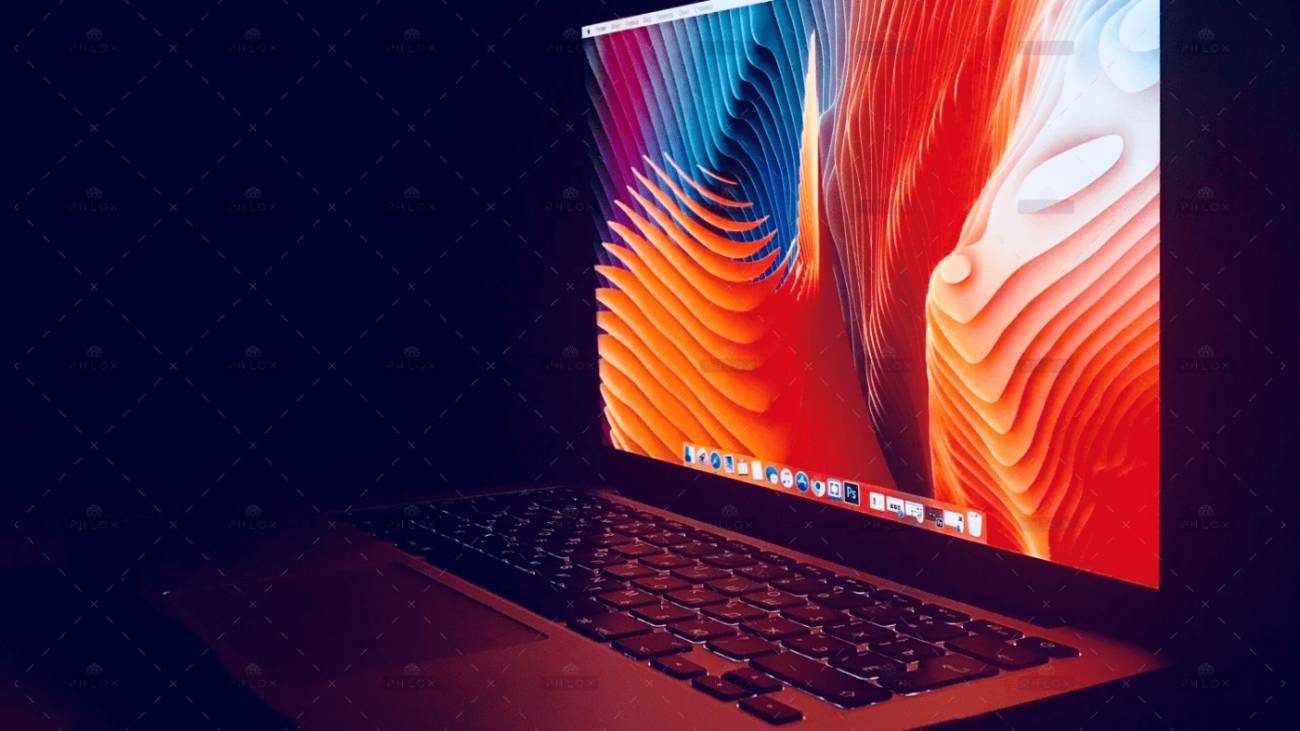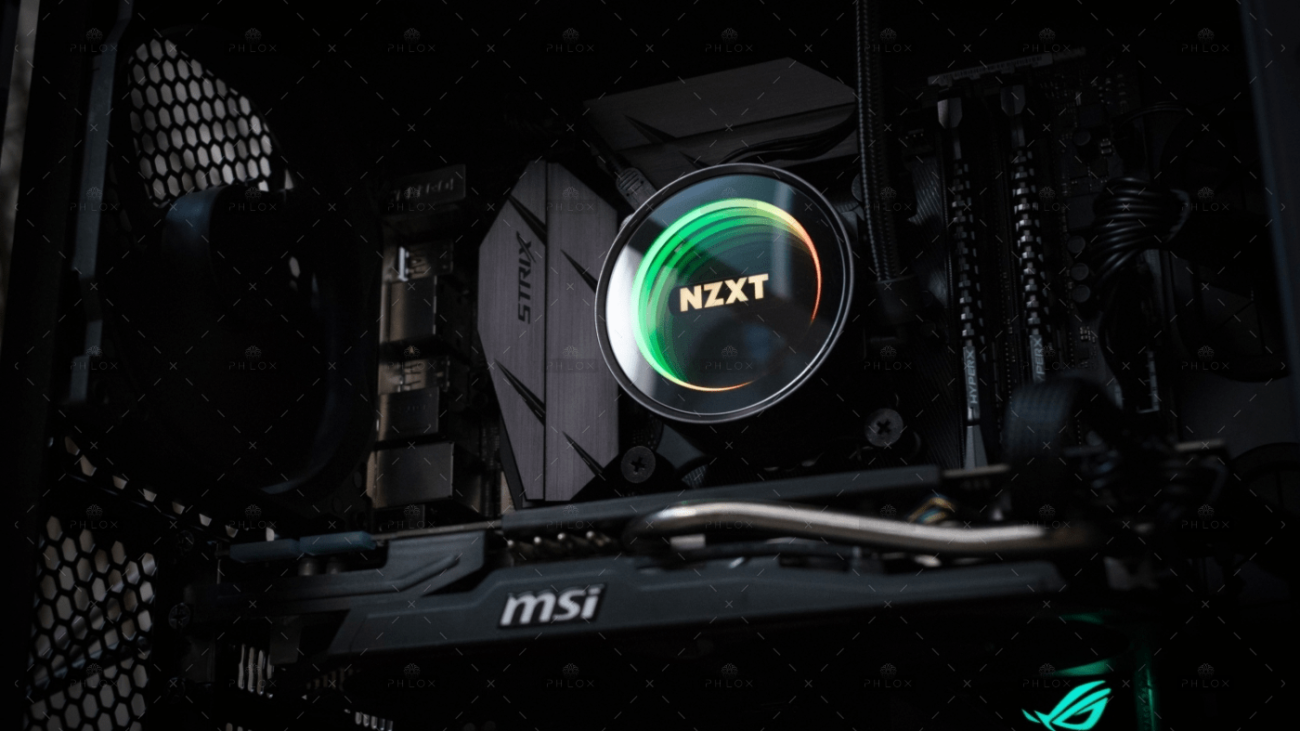In recent years, mobile watches—commonly known as smartwatches—have become much more than just a device to tell time. These versatile gadgets have transformed into mini-computers that sit on your wrist, offering features ranging from fitness tracking to mobile payment solutions, and even the ability to make and receive calls. In 2024, the mobile watch market is packed with cutting-edge models that promise to keep you connected, fit, and more efficient than ever.
In this blog, we’ll break down the benefits of mobile watches, key features to look for, and top recommendations for 2024.
Why Choose a Mobile Watch?
A mobile watch goes beyond the traditional watch’s functionality. It’s designed to integrate with your smartphone and often comes with standalone features. Here’s why smartwatches are worth the investment:
- Health and Fitness Tracking: Most smartwatches come equipped with heart rate monitors, GPS, and sensors to track steps, sleep, and calories burned. Some even offer advanced features like blood oxygen monitoring and ECG readings.
- Notifications and Connectivity: Instead of constantly checking your phone, smartwatches deliver notifications for calls, messages, social media alerts, and more directly to your wrist. This makes it easier to stay connected without pulling out your phone all the time.
- Mobile Payments: Many mobile watches offer NFC (Near Field Communication) support, enabling you to pay for goods and services with a tap of your watch using apps like Google Pay, Apple Pay, or Samsung Pay.
- Convenience: The ability to answer calls, reply to messages, control music playback, and even use voice assistants, all without needing to touch your phone, makes smartwatches an incredibly convenient gadget.
- Customization and Style: With customizable watch faces, interchangeable bands, and sleek designs, smartwatches allow you to match your style or mood, making them as much a fashion accessory as a tech gadget.
Key Features to Look For in Mobile Watches
When choosing the right mobile watch, it’s important to consider the features that will best suit your lifestyle and needs. Here’s what to keep in mind:
1. Operating System Compatibility
Most smartwatches are designed to work with either iOS or Android, and some support both. Before making a purchase, ensure that the smartwatch is compatible with your smartphone’s operating system.
- Apple Watch: Best for iPhone users, as it integrates seamlessly with Apple’s ecosystem.
- Wear OS (formerly Android Wear): Works well with Android phones and offers features like Google Assistant and Google Fit.
- Samsung Galaxy Watch (Tizen OS): Offers a unique experience for both Android and iOS users, though it works best with Samsung phones.
2. Health and Fitness Features
Fitness enthusiasts should prioritize mobile watches with advanced health tracking features. The following are commonly included:
- Heart Rate Monitor: Tracks your heart rate throughout the day and during workouts.
- SpO2 Monitor: Measures blood oxygen levels, providing valuable insights into your respiratory health.
- Sleep Tracking: Analyzes your sleep patterns and provides data on your sleep quality.
- GPS: Essential for runners and cyclists, GPS tracks your distance and route without the need for a smartphone.
- ECG (Electrocardiogram): Some advanced watches offer ECG functionality, which can detect irregular heart rhythms.
3. Battery Life
Battery life is a significant factor to consider, as some smartwatches require daily charging, while others can last for several days or even weeks on a single charge. For example:
- Daily Charging: High-performance watches like the Apple Watch offer many features but usually need daily charging.
- Multi-Day Battery: Watches like the Fitbit Sense or Garmin models can last 5-7 days with moderate use.
- Long Battery Life: Some specialized smartwatches, such as those from Amazfit, can offer 10-14 days of battery life or more, depending on usage.
4. Display
The type and quality of the display will impact the watch’s battery life and user experience:
- AMOLED Displays: Known for their vibrant colors and deep blacks, AMOLED screens are commonly found in high-end smartwatches but consume more power.
- LCD Displays: These are less power-hungry but don’t offer the same visual clarity as AMOLED screens.
- Always-On Display: Some watches have an always-on mode, so you can check the time without waking the watch. However, this feature can drain the battery faster.
5. Water Resistance
If you’re into swimming or water sports, consider a mobile watch with a high water resistance rating. Many models are rated 5 ATM or higher, meaning they can be submerged in water up to 50 meters. Check for waterproof certifications if you plan to use it during intense water activities.
6. Customization and Durability
Interchangeable bands and customizable watch faces allow you to switch up the style of your smartwatch. Additionally, some watches are built with rugged materials to withstand harsh environments, making them ideal for outdoor adventures.
7. Price
Smartwatches come in various price ranges, from budget-friendly models to premium options:
- Budget ($100 – $200): Offers essential features like fitness tracking and notifications. Examples include the Amazfit Bip and Fitbit Versa Lite.
- Mid-Range ($200 – $400): Offers more advanced health features, better displays, and longer battery life. Examples include the Fitbit Sense, Samsung Galaxy Watch, and Garmin Venu.
- Premium ($400+): These smartwatches offer top-of-the-line performance, sleek designs, and premium features like ECG monitoring, cellular connectivity, and advanced fitness tracking. Examples include the Apple Watch Series 9 and the Garmin Fenix series.
Top Smartwatches for 2024
Here’s a roundup of some of the best mobile watches available in 2024:
1. Apple Watch Series 9
- Best for: iPhone users.
- Key Features: Always-on Retina display, ECG and SpO2 sensors, fitness tracking, water resistance up to 50 meters, fast charging, and extensive app support.
- Battery Life: Up to 18 hours (with daily charging).
- Price: Starting at $399.
2. Samsung Galaxy Watch 6
- Best for: Android users, especially those in the Samsung ecosystem.
- Key Features: AMOLED display, advanced health tracking (ECG, blood oxygen monitoring, sleep analysis), built-in GPS, NFC for Samsung Pay, and up to 50m water resistance.
- Battery Life: 1-2 days with typical use.
- Price: Starting at $349.
3. Fitbit Sense 2
- Best for: Fitness and health enthusiasts.
- Key Features: ECG, stress management tools, sleep tracking, and SpO2 monitoring. It also has built-in GPS and Alexa voice control.
- Battery Life: Up to 6 days.
- Price: Starting at $299.
4. Garmin Venu 3
- Best for: Outdoor adventurers and fitness buffs.
- Key Features: AMOLED display, GPS, extensive fitness tracking, sleep monitoring, hydration tracking, and robust durability for outdoor activities.
- Battery Life: Up to 11 days in smartwatch mode.
- Price: Starting at $399.
5. Amazfit GTR 4
- Best for: Budget-conscious users.
- Key Features: AMOLED display, SpO2 monitor, GPS, and 150+ sport modes. The GTR 4 offers incredible value for its price.
- Battery Life: Up to 14 days.
- Price: Starting at $199.
Conclusion
Mobile watches have evolved into sophisticated devices that cater to a wide range of needs, from fitness tracking and health monitoring to staying connected without constantly checking your smartphone. Whether you’re an athlete, a tech enthusiast, or someone who wants to stay on top of notifications and health metrics, there’s a smartwatch designed for you.
In 2024, smartwatches offer more than just the basics—they are becoming indispensable gadgets that integrate seamlessly into our daily lives. By understanding your priorities—whether it’s health features, battery life, or compatibility with your phone—you can find the perfect mobile watch that fits your lifestyle and budget.

 Cart is empty
Cart is empty 


